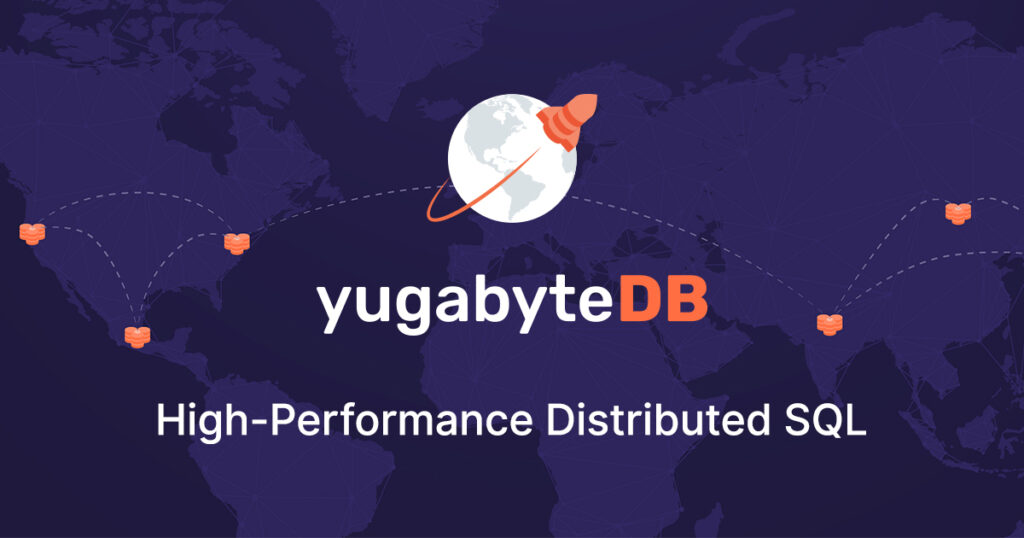If you’re looking to integrate YugaByte and Metabase, you’re in the right place! In this blog post, we’ll walk through the process of integrating these two powerful tools, complete with a code example.
What is YugaByte?
YugaByte is a database for building distributed cloud services. It is designed to be highly scalable and fault-tolerant, making it a popular choice for organizations with demanding workloads.
What is Metabase?
Metabase is an open-source business intelligence tool for exploring data and generating insights. It provides an easy-to-use interface for analyzing data and creating visualizations.
Why Integrate YugaByte and Metabase?
Integrating YugaByte and Metabase allows you to easily explore and analyze data stored in YugaByte. This can help you gain valuable insights into your data and make better-informed decisions.
Step-by-Step Guide
Step 1: Install Metabase
The first step in integrating YugaByte and Metabase is to install Metabase. You can download the latest version of Metabase from the official website.
Step 2: Connect Metabase to YugaByte
Once you have installed Metabase, you can connect it to your YugaByte cluster. To do this, you will need to provide Metabase with the connection details for your YugaByte cluster.
{:host "localhost"
:port 9042
:dbtype "cassandra"
:dbname "mykeyspace"
:user "cassandra"
:password "cassandra"}
Step 3: Create a Metabase Dashboard
With Metabase connected to YugaByte, you can now create a dashboard to explore your data. To create a dashboard, simply select the data source you want to use (in this case, YugaByte) and choose the visualization you want to create.
Step 4: Optimize Your Database for Metabase
To ensure optimal performance when using Metabase with YugaByte, it is important to optimize your database for queries. This includes creating indexes, partitioning data, and optimizing queries.
Conclusion
Integrating YugaByte and Metabase is a powerful way to gain insights into your data and make better-informed decisions. By following the steps outlined in this post, you can easily connect these two tools and start exploring your data today!
Need help with YugaByte?
If you’re interested in learning more about YugaByteDB or if you need help with using YugaByteDB, we’re here to help. Our team of experts is available to answer your questions and provide guidance on how to get the most out of YugaByteDB. Contact us today to learn more and get started.




